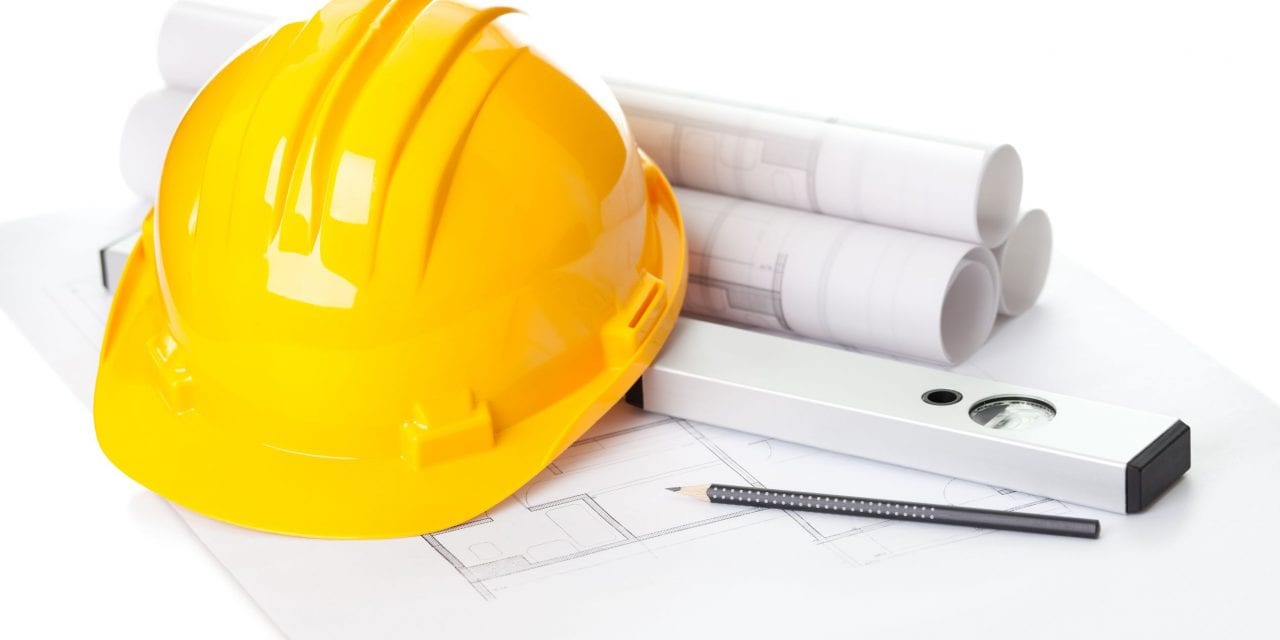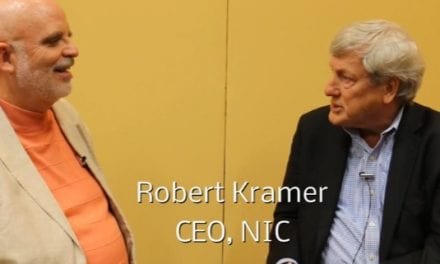Should you renovate or evacuate?
By Susan Saldibar
What are you going to do about those older, medical/institution-model buildings? I’m talking about the ones still grinding along, but built for another era. The ones with small, semi-private rooms and inaccessible bathrooms, old fluorescent lighting, long double-loaded hallways with low ceilings. The ones with activity and dining in individual rooms behind doors and a big “hub” in the center with telephones, computers and medical equipment rolling around.
Will you attempt to renovate them? Can you afford to abandon them for new, built-from-the-ground-up accommodations — those that reflect the current wisdom of creating ‘residential blended with care’ environments for seniors? (Geesh, what a lot of questions . . . !)
Here’s what we do know. Even well-maintained but old-fashioned medical-model buildings bring plenty of sleepless nights these days for operators struggling to attract a new generation of residents while competing with all the new ‘combined residential and care’ models being developed.
The question of whether to shore up and modernize your old buildings or start from scratch is one Tom Levi, AIA, President and Managing Principal of LWDA Design deals with all the time. “It came up recently at the Post Acute 360 conference,” Tom tells me. “There were numerous discussions with operators in which the question ‘Do I renovate or start from scratch and if so, what model do I use, what are the new trends and will the trends even fit into my building?’ pretty much took over entire conversation,” he adds. I caught up with Tom and Ruth Neeman, AIA, Senior Environments Studio Director for LWDA (a Senior Housing Forum partner), recently to talk about “the question” and what goes into answering it.
What is the “project before the project”? Why is it so important?
Answering the question of whether to renovate or re-build is a project in and of itself, they tell me. In fact, Ruth refers to it as the “project before the project”. Sounds ominous. “But think about it. You are going to make a decision that involves millions of dollars,” says Ruth. “You can’t afford to get it wrong.”
She makes a lot of sense. “Operators need to conduct a careful and professional assessment,” Ruth tells me. “That means harnessing the collective knowledge and experience of an architect, and possibly other consultants, as required, to address each building and brand-specific issues such as energy auditor, code consultant, mechanical electrical consultant, operational model (existing or new) and so on. Operators need to understand that this isn’t a quickie 3-day report that skims the surface,” she adds.
So the project begins by taking stock of the existing conditions and how they fare against what’s changed since the building was built. And there’s a lot. Such as:
-
Market changes: “We’re seeing consolidations or equality in senior environments; skilled nursing, assisted living, memory care, and so on,” Tom tells me. “This dictates necessary systemic changes in understanding and designing for your resident or patient, staff, families and the community.”
-
Model changes: Medical / institutional models are being replaced with ‘residential models’. Old institutional models with double-loaded corridors and centralized nurse’s stations are being replaced with a more residential construct, with resident rooms surrounding large, inviting hospitality-driven common areas. There more intimate, family-style interactive dining areas, balanced by flexible retail model grab-n-go’s (food on demand); and additional ancillary spaces being reconsidered for specialty considerations such as wellness, reminiscent therapy, “innov-aging”, increased staff amenities, etc.
-
Demographic changes: Changes in lifestyle expectations. Baby boomers and Gen-Xers are making decisions about themselves and/or aging parents. They expect the same type of open floor plans, spacious rooms and larger windows with natural light they enjoy as a consumer in their own homes, workplaces and in hospitality settings. A higher level of flexible engagement matching lifestyles will be expected, requiring new and flexible living activity areas inside, outside and with communities and families. And, they’ll demand a technology infrastructure that supports wireless connectivity, telehealth access, digital entrepreneurship, and remote-access, for family engagement as well as new evolving technologies in circadian lighting, AI, and augmented reality (AR).
-
Regulatory changes: Updated federal, state and local codes and regulations may be triggered with an extensive renovation scope. And they vary greatly, from state to state. In the case of right-sizing a SNF to current code requirements, it can increase a project cost significantly.
In short, it is a whole new ballgame out there; and if you want your community (and investment) to be a properly positioned for the future, you better equip yourselves with a forward-thinking team who can bring together a strong myriad of cross-industry, already-vetted partners, along with a well-versed knowledge skill set in healthcare and senior living and care.
Given the seismic shifts occurring at present, Tom encourages operators to ask themselves how they are planning to compete over the next twenty to thirty years. “You have to ask yourself, ‘Who are we?’ ‘Who do we want to be?’” he tells me. The second most important question is, ‘what are other operators managing or developing in your area and can you compete with them?’ Then, the question is, ‘Are our facilities relevant anymore?’ You simply can’t overestimate the importance of getting this right,” he adds
Can your existing building meet your goals? Or do you need to rebuild?
There is so much to unpack to make this determination, I can’t do it justice in one article. But here are just a few of the key elements LWDA Design urges operators to consider in determining whether an older building can or should be renovated and can you make it relevant:
-
Can it support a new design concept that will accommodate expectations for new living models? That means things like: re-configuration of main areas and hallways, increasing openness and usable floor area, the ability to knock down walls to increase resident room and bathroom space, and more open spaces to support new amenities, front door appeal, central accessible courtyards, is it 100% universal and adaptable for everyone, and so on. The list goes on and on.
-
Can it be upgraded to support new regulatory requirements from ADA, state building codes, energy codes, environmental requirements, etc.?
-
Have the building systems (mechanical / electrical / building envelope etc.) reached the end of their useful life? Can it be replaced with an efficient operational system?
-
Can it be retrofitted to support new technologies: HVAC, lighting, nurse call/monitoring, WiFi, etc.?
-
Are there “hidden” conditions in the building shell, such as poor foundations and plumbing leaks, insufficient insulation (roof and walls) and air infiltration that can be corrected? Or not?
Some facilities, according to Ruth, can be renovated by moving walls and doors, upgrading electrical and mechanical components and other design upgrades. “A good renovation architect should be able to show you possibilities and opportunities you would never imagine on your own,” she says. In other cases, however, no amount of architectural talent and creativity can rescue a building that simply cannot support the new model.
Decision time. Get it right.
“People have a pretty good idea of what they can and can’t do. It’s a business analysis really,” says Tom. “Ultimately, you have to ask, ‘Is this building worth saving?’ People are always amazed how expensive it really is to renovate; opening rooms up, electrical, major mechanical issues and so forth,” he adds. Ruth agrees. “We’ve seen many proposed renovation projects get derailed because it’s concluded that the existing building is just too expensive to renovate or their ‘wished’ construction budget was not properly vetted and severally underestimated,” she says.
Above all, Tom and Ruth warn operators not to make your choice solely on what seems most expedient or less expensive in the short run. Amortization of building costs are usually only 10% to 15% of your facility’s annual operating budget, and whatever you choose to do now will probably have a lifespan of 20-25 years or more, they tell me.
Finally, Tom reminds operators to “think again about who you want to be over that lifespan. What opportunities might you be leaving on the table by not creating an environment people are going to want to populate? Boomers will demand more personalized human interaction than their parents and that can be achieved by building more vibrant lifestyle communities designed equally for everyone.”
For more information about LWDA, please visit their website.
Download a PDF copy of this article by clicking on the button below:










